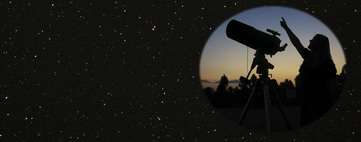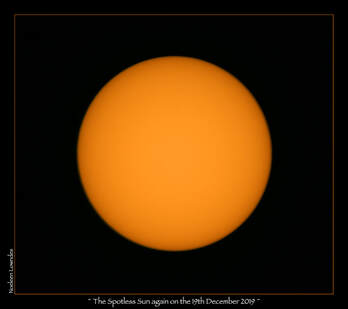
I have not taken many images of the Sun lately because it’s been so quite and the surface just so bland to look at.
But when I read on Spaceweather.com that the sunspot inactivity has now broken an all time space record, then I just had to get the camera out and record the event…and Yes, as you can see from my image, it’s still spotless :-)
We are now really and truly in the mist of solar minimum and one of the deepest since solar records began!
I've also captured a beautiful sunset photo today and because of the smoke haze there are all these awesome colours on display...very pretty.
Taken From Spaceweather.com by Dr Tony Phillips
~ 16th December 2019 ~
https://www.spaceweather.com/archive.php?view=1&day=16&month=12&year=2019
no other year has had this many blank suns.
The previous record-holder was the year 2008, when the sun was blank for 268 days. That was during the epic Solar Minimum of 2008-2009, formerly the deepest of the Space Age. Now 2019 has moved into first place.
Solar Minimum is a normal part of the 11-year sunspot cycle. The past two (2008-2009 and 2018-2019) have been long and deep, making them "century-class" Minima. To find a year with more blank suns, you have to go back to 1913, which had 311 spotless days.
Last week, the NOAA/NASA Solar Cycle Prediction Panel issued a new forecast. Based on a variety of predictive techniques, they believe that the current Solar Minimum will reach its deepest point in April 2020 (+/- 6 months) followed by a new Solar Maximum in July 2025.
This means that low sunspot counts and weak solar activity could continue for some time to come.
https://spaceweather.com/
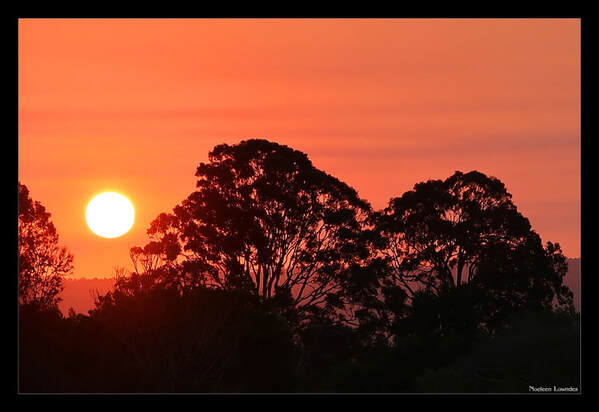
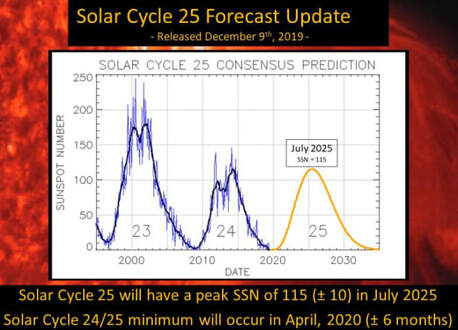
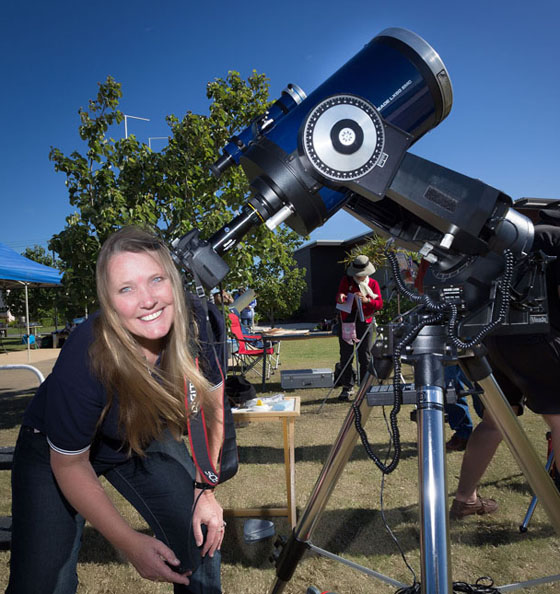
 RSS Feed
RSS Feed
